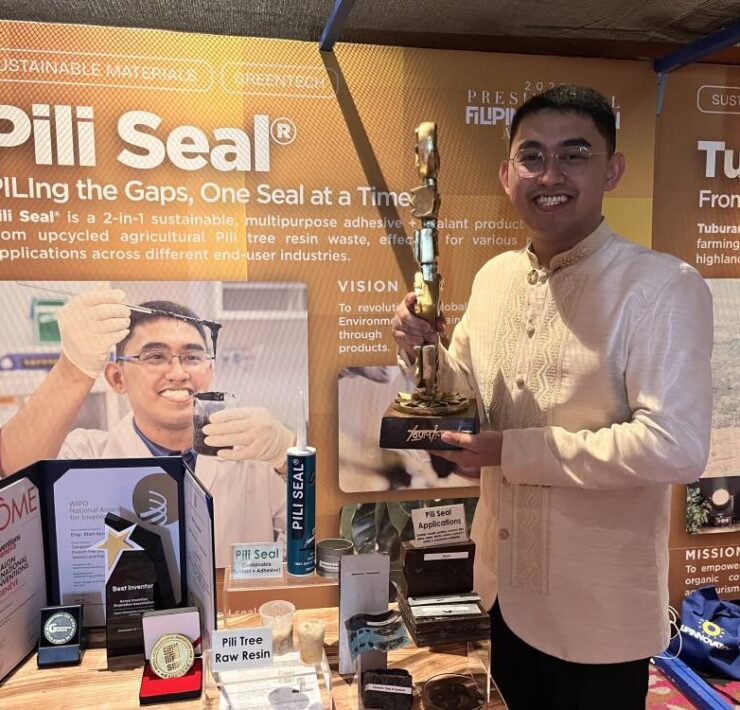Michelin and the family restaurant

(Second of three parts)
Last week, we discussed the newly announced Michelin Guide for the Philippines and the economics behind critics’ selections. This week, we take a closer look at some family-run restaurants in the Michelin world.
The common image of a Michelin-starred establishment is that of a celebrity chef, a team trained with military precision and an international franchise backed by big investors. This stereotype exists for a reason—such setups often provide the structure where the qualities Michelin inspectors value can best thrive.
But Michelin-starred family businesses do exist. The most prominent example is Da Vittorio in Bergamo, Italy. Founded in 1966 by the couple Vittorio and Bruna Cerea, the fine dining seafood restaurant earned its first star in 1978, its second in 1996 and its third in 2010, after the second generation had largely taken over daily operations.
Today, as the Da Vittorio group expands to Switzerland, Shanghai and Singapore, the business has professionalized, with some branches run entirely by nonfamily members. Yet all five Cerea children remain involved in different capacities—in the kitchen, in the cellar and in management.
Among the inaugural one-star restaurants in the Philippines, Linamnam comes closest to this spirit. Run by 27-year-old chef Don Baldosano, who also received the Michelin Young Chef Award for “exceptional skill, creativity and leadership,” Linamnam showcases deeply personal Filipino cuisine.
Baldosano is the first in a family of doctors and dentists to pursue cooking—his success is grounded in family support. From backing his Junior MasterChef stint in 2011, to his shift from biology to culinary arts, to opening Linamnam at just 20 years of age, his family have been behind him all the way. The restaurant itself operates out of the family home in Parañaque: the open kitchen was once a gym and the main dining room is a “bahay kubo” in the backyard built by Baldosano’s father, who first inspired his love for cooking.
Aside from stars, Michelin also awards “Bib Gourmands,” inspectors’ personal favorites that may not meet the specific, demanding requirements of a star, but still serve delicious food at good value for money. In this category, family businesses are more commonplace.
In 2024, Michelin named Sister Yao’s Char Koay Kak, a food cart in George Town, Malaysia, as a Bib Gourmand. Founded in 1963 by Yao Joon Seng, it serves “char koay kak,” a Teochew snack consisting of fried rice cakes with soy sauce, egg and bean sprouts. More than 60 years later, it remains in the family, now run by Yao’s daughters, who carry on their father’s culinary craft.
In the Philippines, one of the 25 inaugural Bib Gourmands is a roadside “karinderya” in Quezon City named Morning Sun Eatery, which serves family-style Ilokano favorites like ‘pork kilawen,” “dinakdakan” and “pinakbet.” The eatery is run by Elizabeth Mortera, who was formerly a nanny in Dubai, who would spend her spare time reading cookbooks and making recipes. Later, when trying to make ends meet to put her children through school, Mortera chose to take a risk and open Morning Sun instead of returning abroad to work as a nanny.
Over the years, Mortera has succeeded at her goal, putting two children through school and now grandchildren as well. All the while, Morning Sun has built a name for itself, as well as a loyal following, from locals to PBA players and even food vloggers. Mortera has committed to keeping prices reasonable for customers, only raising them when costs increase.
Today, it is daughter Lyn who mostly handles the day to day, together with cousins and relatives. But after the Michelin announcement sent demand surging overnight, Mortera returned to the kitchen herself, once again cooking alongside her family.





















Tethered bulls: On sub-par Q3 GDP growth